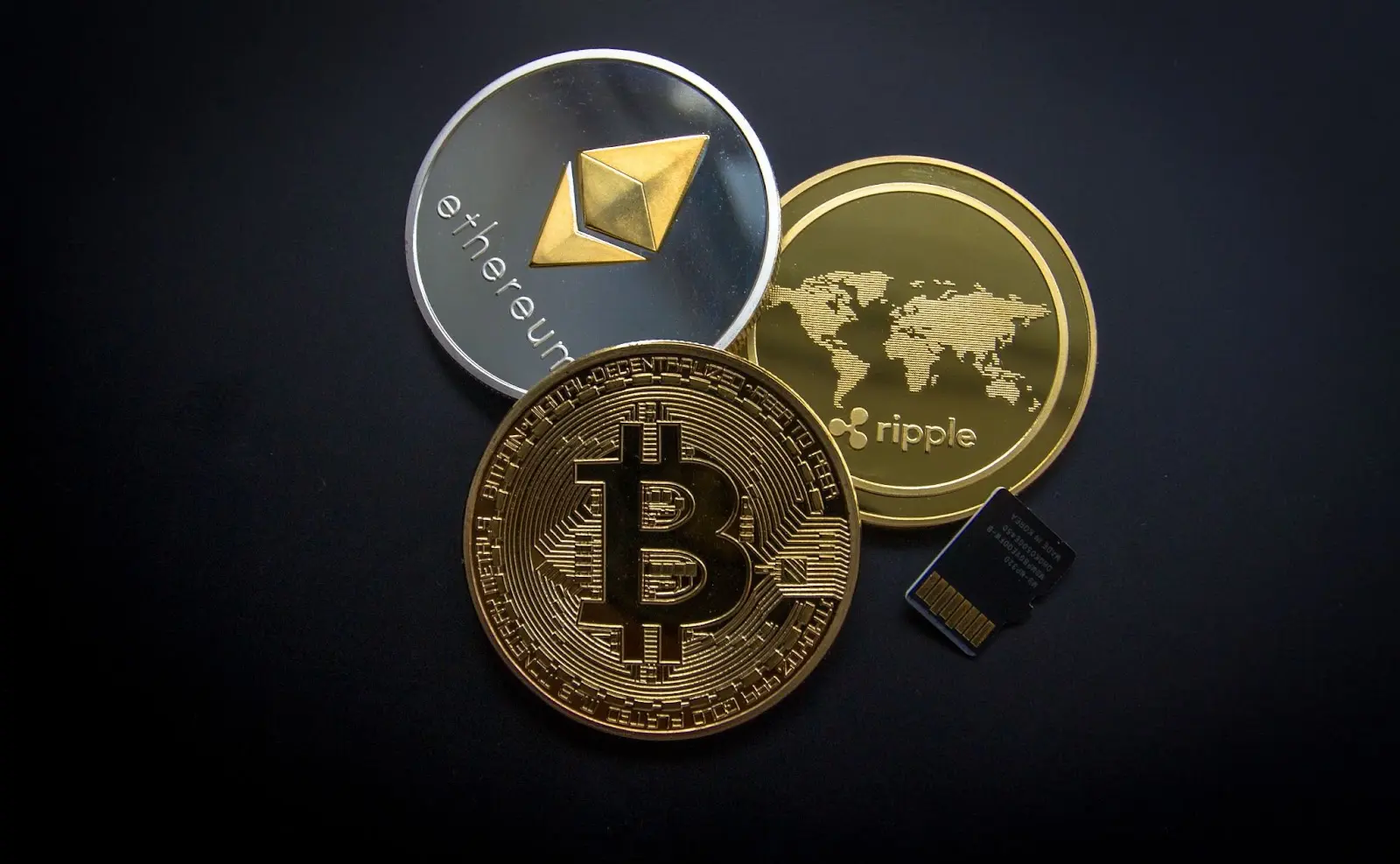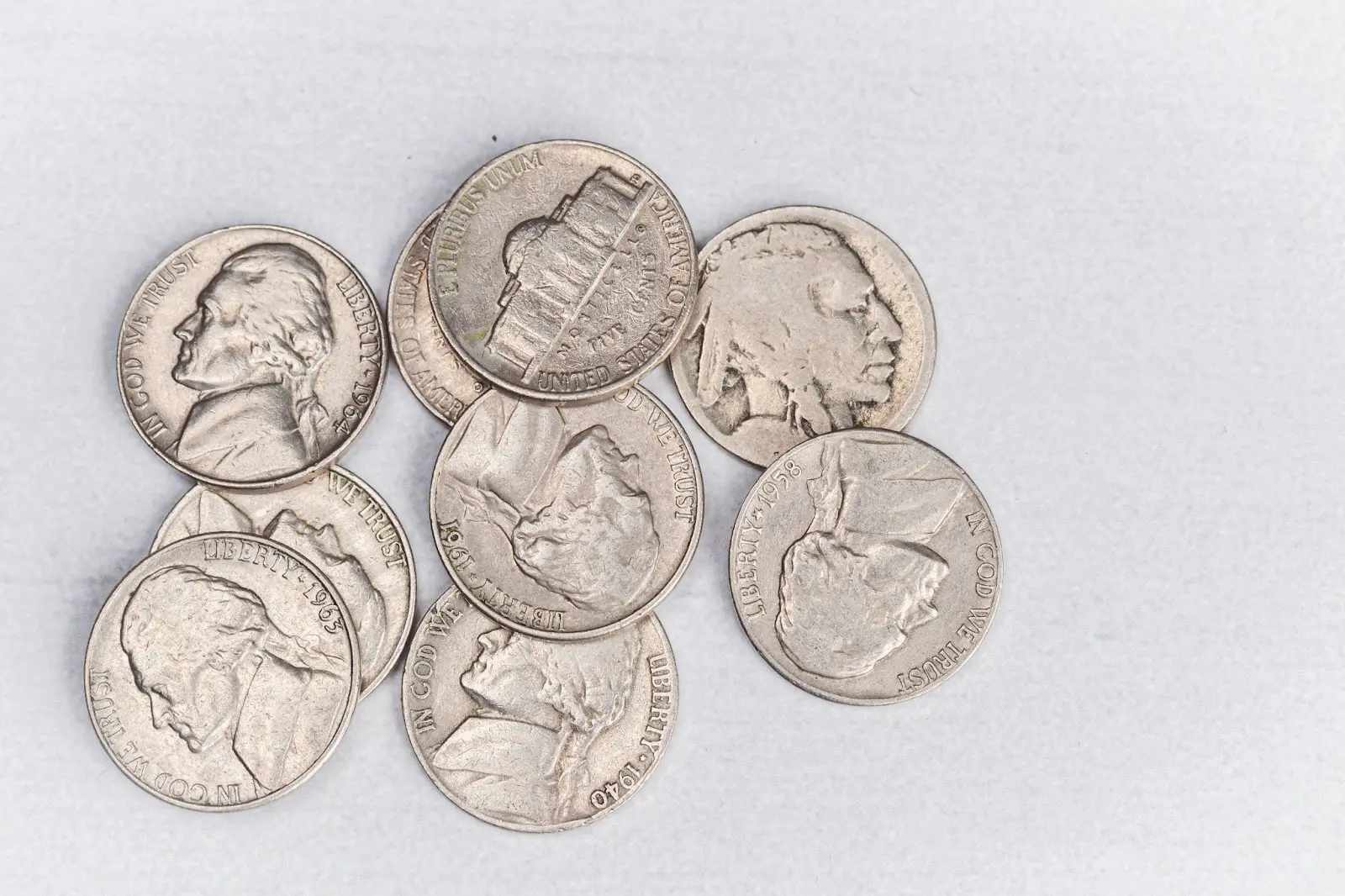Fiat Crypto - Differences Between Fiat and Cryptocurrencies [2023]

crypto news
Despite the fact that cryptocurrencies have never been more popular, it might be confusing to distinguish all of the differences between fiat and crypto. Contrary to cryptocurrencies, which are decentralized and use cryptography for security, fiat is controlled by the government and has no fundamental value.
Many individuals are starting to recognize thepotential advantages cryptocurrencies have over fiat. However, understanding the differences between the two monetary systems is super important and may even change some perspectives.
Does this seem difficult to grasp? Don’t worry! In this article, we explorehow fiat currency works, what its advantages and disadvantages are, how it compares to cryptocurrency, and much more! So without further ado, let’s see what the fiat-crypto dynamic looks like!
What Is Fiat Currency (Money)?

Fiat money, also known as fiat currency, is a type of government-issued money subject to regulation with no inherent value. Instead, its value is based on how much people trust and believe in the functioning of the fiat economy and government.
The term “fiat” itself is derived from the Latin phrase “let it be done.” Unlike gold or silver, which both have intrinsic value and can be used for various purposes, fiat can only be used as a medium of exchange.
Fiat also has a long history that dates back to ancient China, when the government started issuing money in the form of paper in exchange for precious metals. However, paper money didn’t take over globally until the 20th century.
Fiat currency, however, is prone to inflation. Governments can print more money to stimulate the economy (take the current state of the US dollar as an example), which may lead to a serious decline in value over time.
Despite its drawbacks, fiat currency remains the dominant form of money worldwide. As technology advances, new forms of money may emerge, but for the time being, fiat currency is still the one we go to if we need money.
How Fiat Currency Works
Fiat currency is regulated by the government, usually through a central bank, which prints money depending on whether the economy needs to be stimulated or if there’s a financial crisis to respond to.
If too much money is printed, it can lead to inflation, which reduces the value of the currency. Therefore, governments need tostrike a balance between keeping the money supply stable and responding to economic conditions.
What Is Cryptocurrency?

Simply put, cryptocurrencies are digital, decentralized currencies that aren’t controlled by governments or financial institutions. They’re built on blockchain technology and enable secure online payments. But what does “crypto” exactly mean?
The term is related to the various encryption algorithms and cryptographic systems that make this type of currency safe thanks to private keys, hashing functions, etc.
Cryptocurrencies can be traded, mined, bought from crypto exchanges, or received as a reward for doing work on a blockchain. By far the most popular cryptocurrency is Bitcoin, which was invented by Satoshi Nakamoto in 2009. It’s the first of its kind, and it paved the way for all the others, such as Ethereum, Tether, USDC, and similar.
The biggest difference between fiat and cryptocurrencies is that the value of crypto isn’t determined by the government but rather by supply and demand in the market. Hence, cryptocurrencies have restricted supply increases in their value so as not to overinflate and ruin the economy of a specific token/coin.
How Cryptocurrency Works
As previously mentioned, cryptocurrency exists thanks to blockchain technology. Blockchain is a distributed ledger technology (DLT) based on decentralization, consensus, and cryptography principles. It was introduced in 2008 as a backbone for Bitcoin and is now used in different industries, such as finance and healthcare.
Blockchain is maintained by a network of computers, or “blocks,” that contain information on an online ledger. Each block contains a certain set of transactions that each network validator verifies.
It’s exactly this validator verification that makes blockchain and cryptocurrencies unique. Before getting confirmed, every new block must be verified. This makes it impossible to forge transaction history, making it safer and fairer than bank-controlled fiat.
But where do cryptocurrencies come from? Well, cryptocurrencies are produced through mining, which entails resolving challenging mathematical problems. It’s a necessary step to verify transactions and maintain the integrity of the blockchain.
To use or store your crypto, you need a digital wallet—a software application that lets you send and receive crypto of your choice. While the cryptography process is complex and dynamic, it’s becoming more and more popular as a way of making passive income.
Cryptocurrency vs. Fiat Money

While both fiat and cryptocurrency are monetary systems, they have significant differences and similarities.
As previously mentioned, fiat currency is regulated and issued by the government. Its worth is based on the trust that people put in the government and the economic events that surround it. However, fiat currency is subject to inflation, and the government can propel its growth or destroy it.
On the other hand, cryptocurrency is a digital currency that uses cryptography as a security measure. It’s decentralized, which many people nowadays prefer since it means there are no third parties, such ascentral banks or the government, involved in the process. Moreover, users have full transparency over any transaction, which makes them feel safer.
Fiat Money Advantages & Disadvantages
Let’s explore some advantages and disadvantages of fiat currencyand what they mean:
Fiat Money Advantages
- Widely accepted. People are familiar with fiat because it’s easy to use and because it’s been around for quite some time. On top of that, it's the most accessible currency and is accepted worldwide.
- Stability. Government regulation of fiat helps stabilize its value and prevent rapid fluctuations, making it easier for people to plan their financial future.
- Easy to use. Being backed up by the government, fiat currency as the preferred payment method remains people’s top choice.
Fiat Money Disadvantages
- Inflation. Whenever an economic crash occurs, the government prints more money to somewhat maintain the balance. It usually leads to a decrease in fiat currency’s value, and it can erode purchasing power, making fiat less valuable.
- Not backed by any physical commodity. Fiat currency’s value is not backed by any physical commodity; it depends solely on the government’s trust and confidence in its economy. This can make it vulnerable to market forces and government policies.
- Subject to manipulation. While it depends on the government for stability, fiat currency can also be subject to manipulation by financial institutions. If the government decides to change interest rates to sway the economy, it can have a significant impact on the currency’s value.
Future of Money

The future of money is uncertain as technology develops. Cryptocurrency is a relatively new technology that has the potential to completely alter the way we think about money and financial transactions, but it’s a fact that fiat has long been the predominant form of money.
Because of this, predicting the future of money is difficult, but many experts believe that cryptocurrency will play an increasingly important role in some changes that may emerge. It’s likely to become more widely accepted and used in regular transactions as more people become aware of it and its potential advantages.
On the other hand, some experts think that fiat will remain the most common currency worldwide. Despite its drawbacks, such as inflation and vulnerability to market forces, fiat currency is easy to use and is backed by the government, giving people confidence in its value.
However, it’s also possible for some new forms of money, like digital currencies issued by central banks,to emerge in the meantime. These currencies would have a level of stability and security that is not possible with decentralized cryptocurrencies because they would be backed by the government and governed by central banks.
Key Takeaways
At the end of the day, both fiat and crypto have their advantages and disadvantages. The former is more convenient to use in day-to-day life, for buying groceries, shopping, etc. On the other hand, you may, logically, rather use crypto for digital purchases and transactions, such as buying NFTs.
It is certain that crypto will become more popular, if not more convenient, but both currencies will continue to coexist. Still, the world is still in the early stages of crypto, so it’s subject to market volatility, and only time can tell what will happen.
Fiat Crypto FAQ
#1. Why is it called fiat money?
In Latin, fiat means "let it be done.” The currency is called fiat money because its value is derived from the government's declaration rather than from a physical commodity such as gold or silver.
#2. Is Bitcoin fiat currency?
Bitcoin is not a fiat currency. It’s a decentralized digital currency that isn’t backed by the government or any financial institution. On the contrary, fiat is issued and regulated by governments worldwide.
#3. What is an example of fiat currency?
One of the most popular examples of fiat currency in the world is the United States Dollar (USD).